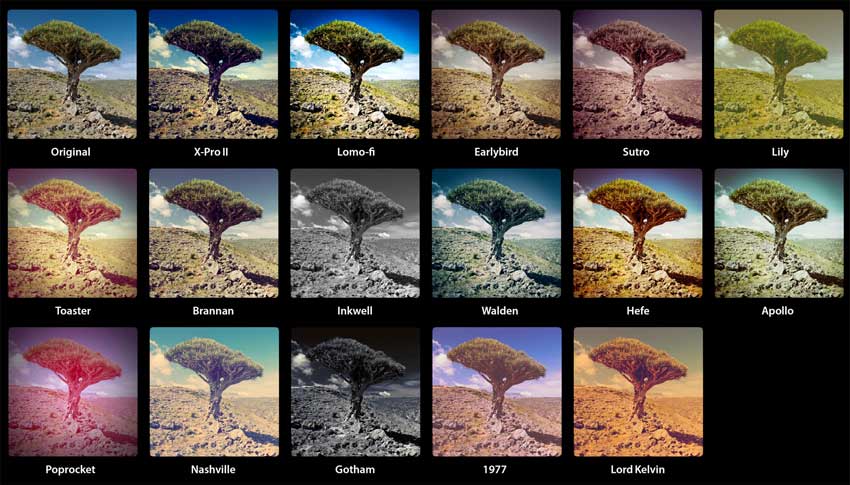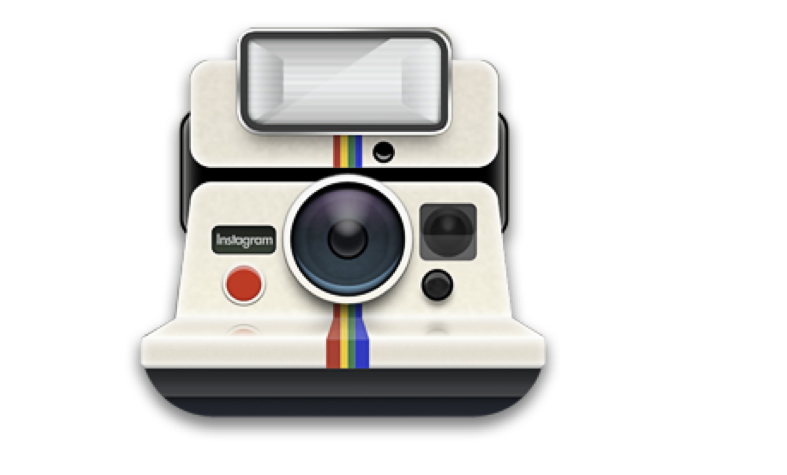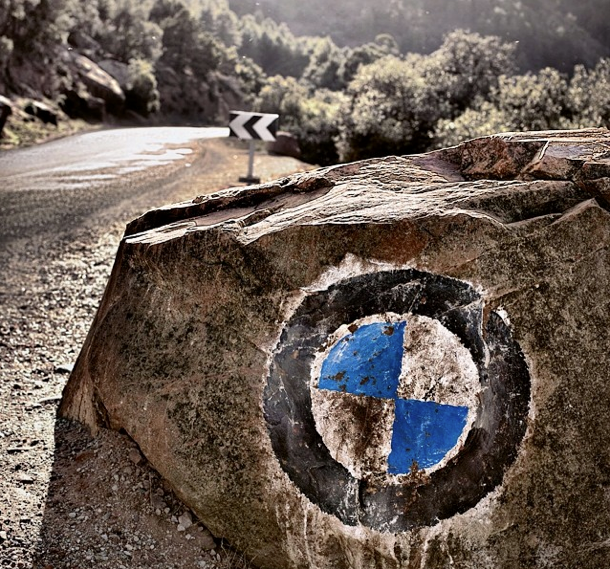Instagram (owned by Facebook), was founded by Kevin Systrom and Mike Krieger in October 2010. The company operates independently of Facebook and is headquartered in San Francisco, California. Instagram is an online social networking company that lets you share photos and videos with your followers. Keep reading to learn why it’s called Instagram.
Not only can you share experiences with Instagram followers, but you can also, with just a single click, share images and videos to Facebook, Twitter, Tumblr, Foursquare, Flickr and more. Just two months after launch, Instgram registered one million users. Just how impressive is this achievement? For reference, it took Facebook 10 months, Twitter 24 months and Tumblr 27 months to achieve this same milestone.
Both Systrom and Kreiger are Stanford graduates who have worked for companies like Google, Microsoft, Meebo and Odeo (which would later become Twitter). They were first introduced at a Stanford study program called Mayfield Fellow Program – which offers students in-depth training, mentoring and experiences in high-tech entrepreneurship.
Instgram’s mobile first strategy and image filtering technology gives users the ability to share amazing experiences from their mobile device, on-the-go. Instagram leveraged other social networking feeds (where the audiences and connections already were) to break through the noise and get attention. In the past, my Facebook feed contained boring text updates and low quality images. Filters bettered the Facebook experience and encouraged conversation on and offline via one simple question – “How did you do that?” INSTAGRAM! You’ll notice both Facebook and Twitter also have their own filters.
Why is Instagram called Instagram?
Instant Camera + Telegram = Instagram
The name Instagram is a portmanteau of “instant camera” and “telegram.” Systrom wanted the name to be easy to pronounce, spell and follow the “right here, right now” concept. Before Instagram, Systrom and Keigel received a $500K investment from Baseline Ventures and Andreesen Horowitz to grow their HMTL5 check-in app named Burbn. Not surprisingly, the app was named after Systrom’s interests for fine Whiskey’s and Bourbons. Unfortunately, after shipping the check-in app (similar concept to foursquare), Systrom and Kieger both felt the app was feature-heavy and complicated to use. They stepped back and aimed to simplify. After deconstructing the app, the only features that remained were photos, comments and likes.
“The breakthrough was conceptual: Instead of doing a check-in that had an optional photo, we thought, Why don’t we do a photo that has an optional check-in?” says Systrom.
Systrom always had a passion for social products and photography. The “aha moment” to focus on image filtering dated back to Systrom’s time at Stanford. During his junior year he studied photography abroad in Florence, Italy. A professor convoked him to switch from his Nikon camera to a plastic Holga that took square photos, which would later be an integral piece of the product. Additionally, he learned the basics of how chemicals in the developing process could affect the tone and hue of images. This introduction changed the way Systrom viewed photography. It was less about the camera and more about the effects you could apply to existing images. Of course, without quality hardware like the iPhone, this wouldn’t have been possible. #goodtiming
SEE ALSO: Why is it called SnapChat?
Original Instagram Logo:
In 2004, during the early days at Facebook, Mark Zuckerberg (CEO & founder of Facebook) tried to convince Systrom to drop out of Stanford and work for Facebook. Unfortunately for Zuck, Systrom decided to complete his BS in Management Science & Engineering first. Several years later, Systrom would be rewarded, big time. In April 2012, Facebook acquired Instagram (and their 12 employees) for one billion in cash and stock. On May 18th, 2012, one month after the acquisition, Facebook held their Initial Public Offering (IPO).
5 Brands: Video & Image Cleverness
Oreo
BMW
Redbull
Rover.com
Lululemon
From hashtags to video to hyperlapse:
In 2011, Instagram released hashtags (#) to help users discover related images and people. In June 2013, Instagram released video sharing which contains a maximum length of 15 second clips. New filters were also created for video. The launch of Instagram video occurred less than one year after Twitter acquired video sharing service, Vine (6 second long videos) for $30 million. After Vine came Snapchat, a disappearing photo and video messaging service. In December, 2013, Instagram introduced “Instagram Direct” a new way for users to privately share posts that disappear. On August 28th, 2014, Instagram launched a standalone app called Hyperlapse. This new app gives consumers the ability to capture high-quality video time lapses. I recently experimented with the app at a Seattle Mariners game.
Fun Facts to tweet about:
- Justin Bieber has the most followers (> 20 million)
- 700 million photos are uploaded per second
- “No Filter” is actually the most popular filter
- #love is the most popular hashtag and #selfie is number 13
- Apple named Instagram as app of the year in 2011
Thanks for reading Why is it called Instagram? What’s your favorite Instagram filter? #whyisitcalledinstagram
Adam Lang is the founder and editor of Rewind & Capture. He is passionate about creative marketing, design and brand etymology.










Instagram was founded in 2010 not in 2012 🙂
Fixed. Thanks for the clarification Giorgos!
Anytime, Im doing my essay for my master and i was shock, i thought that i did wrong with the year 🙂